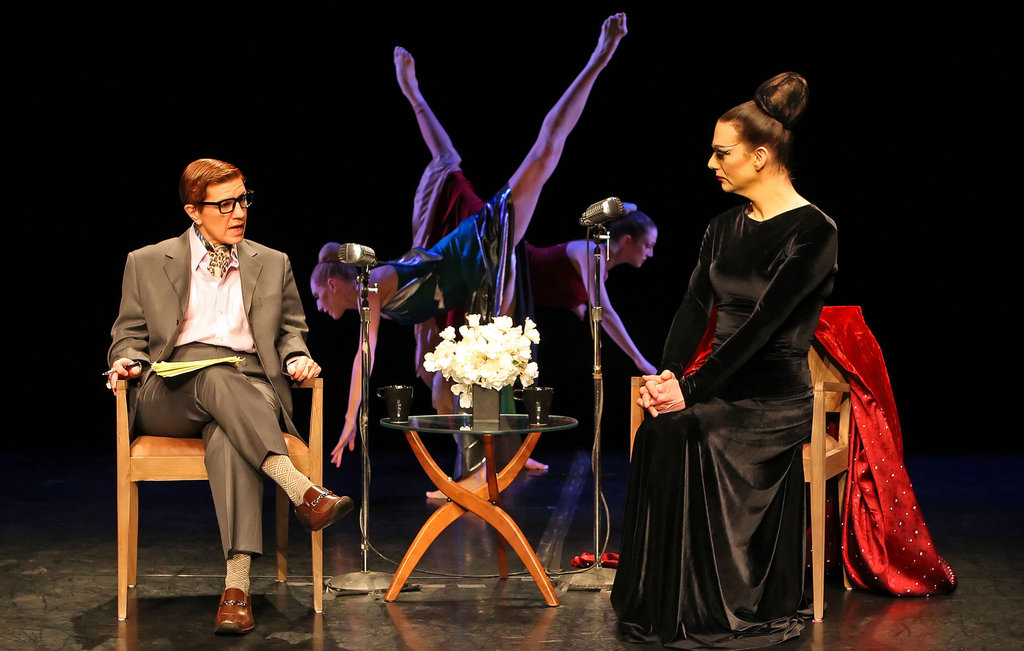My first impression of Gravity, a book of prose by Steve Paxton that could be mistaken for a collection of poetry, is that the stakes are high. Paxton is an iconic figure in American dance; the title is a singular and massive term; and he has a lifetime of work behind him. My expectation pointed toward a text of somber distillation of experience.
For better and worse, the reality is not quite that. Gravity is a fragmented and lyrical rumination on its central theme: gravity and the human relationship to it. Its arc is one of autobiography and reflection. Paxton begins with birth, works his way through childhood experiences, and, for the majority of the book, reflects on his life’s work as a dancer. Conversely, the book has an open quality wherein you can jump to any page, as in a book of poetry.
In tone and diction, the fragments swerve from ponderous to whimsical, didactic to opaque (plus a few photos of baby elephants), but always returning to the matter at hand. Omnipresent, gravity is inseparable from the human experience, and for dance, its primacy is unassailable. Gravity is “the deep background” (p. 5); “the increasing speed of a falling object […] must be encoded in our genes” (p. 13). Paxton treats gravity as the poet treats unconsciousness—as the unknown and alchemical generative force of the highest degree.
When Paxton connects the experience of learning how to cartwheel to his memories of flying with his father, he writes, “The globe of perception, of which we are each the center, lost its normal stolid relationship to us as we wheeled in the air, and seemed to become visual Teflon slipping around us like a projection” (p. 6). Throughout the book, Paxton’s diction shifts unexpectedly and not always coherently, but moments like these shine bright. There are many throughout, and the book’s form—no more than a few paragraphs on one page, sometimes as little as one sentence on another, and many completely blank pages—means the speed of consumption is slowed down. Each sentence and paragraph can be savored and digested.
With experience, I know that the fragmenting of movement in time into the particulates of experience can be pursued into the infinitesimal. Rationally, I know that it has no limits. The limits are only mine, and with practice I will adjust them, though of course never find an end to potential. It seems that the senses will embrace many proportions, but there will be more to learn to sense. (p. 74)
Less charitably, the book’s form veers into a tone of self-importance where each line is presented as profound whether the line deserves it or not. For example: “Oddly missing in our pantheons […] there is no God of Gravity” (p. 8). Also: “Dancers must hack their basic movement programs in order to adapt to new movements” (p. 21).
Your mileage may vary here. This book lives a double life as creative text and movement research. I can critique literary merit, dubious historical points (like the missing “God of Gravity”), and some soft-boiled contemporary commentary, while also respecting the resonance between the lines. Perhaps Paxton has earned the right to muddle through every now and then. It can certainly pay off. He is able to take a basic and familiar thing and refocus our attention in a new way—no small feat. To draw another comparison to poetry, the best moments in Gravity are suffused with negative capability. The scientific truths of physics are less important than the human capacity for invention and discovery.
You’ve been swimming in gravity since the day you were born. Every cell knows where down is. Easily forgotten. Your mass and the earth’s mass calling to each other. (p. 83)
Gravity is a small window into Paxton’s legacy, and it would not exist without the people fortunate enough to work and learn from him. As the end notes explain, Denise Luccioni, Florence Corin, Baptiste Andrien, and Lisa Nelson all played major roles in the gathering and editing of Paxton’s loose collection of notes. Gravity is collaborative in a manner befitting its premise. Paxton’s wisdom and influence are wide and deep; they have drawn many people to him, in person or not. It seems fitting that those close to him would play a critical role in translating that wisdom into a slim volume of prose that offers more than the sum of its parts.
Steve Paxton, Gravity. Brussels: Contredanse, 2018. 81 pp.






